Bahrain's Story: A Senior Tail

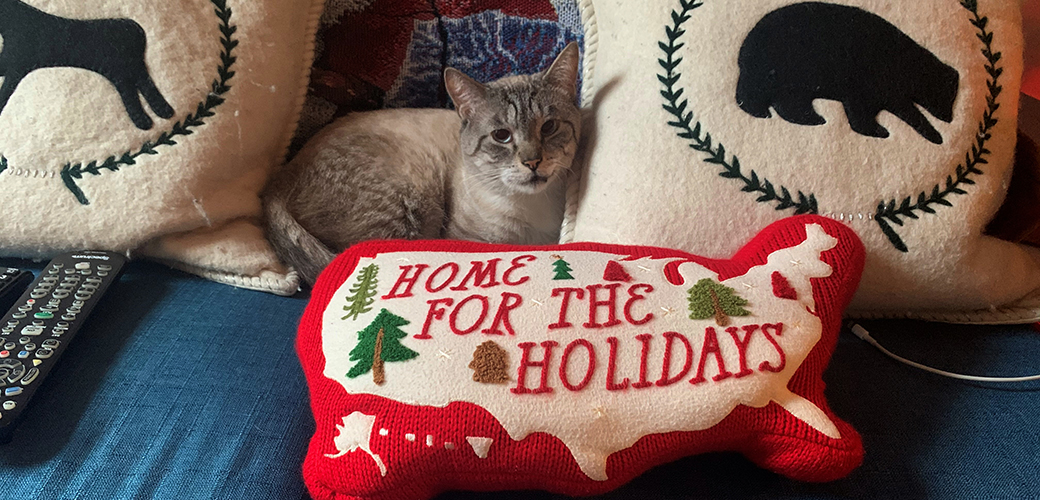
For animal shelters like the ASPCA Adoption Center in Manhattan, adoptions and other animal welfare programs are constantly being modified to maintain those services while minimizing risks to people and pets as the COVID-19 pandemic continues.
The ASPCA posts photos of available animals on our website, and would-be adopters are encouraged to apply to adopt online. Zoom or Facetime meetings are then arranged between ASPCA Matchmakers and foster caregivers, capturing the needs of an in-person matchmaking experience, including virtual meet-and-greets with animals.
In 2020, nearly half of the animals adopted from the ASPCA were remote adoptions (580 cats and 58 dogs), according to Rena F. Lafaille, Director of Administration at the Adoption Center.
On December 16, a new approach to the ASPCA adoption process was unveiled: Their first direct foster-to-adopter handoff—an eight-year-old Siamese mix named Bahrain.

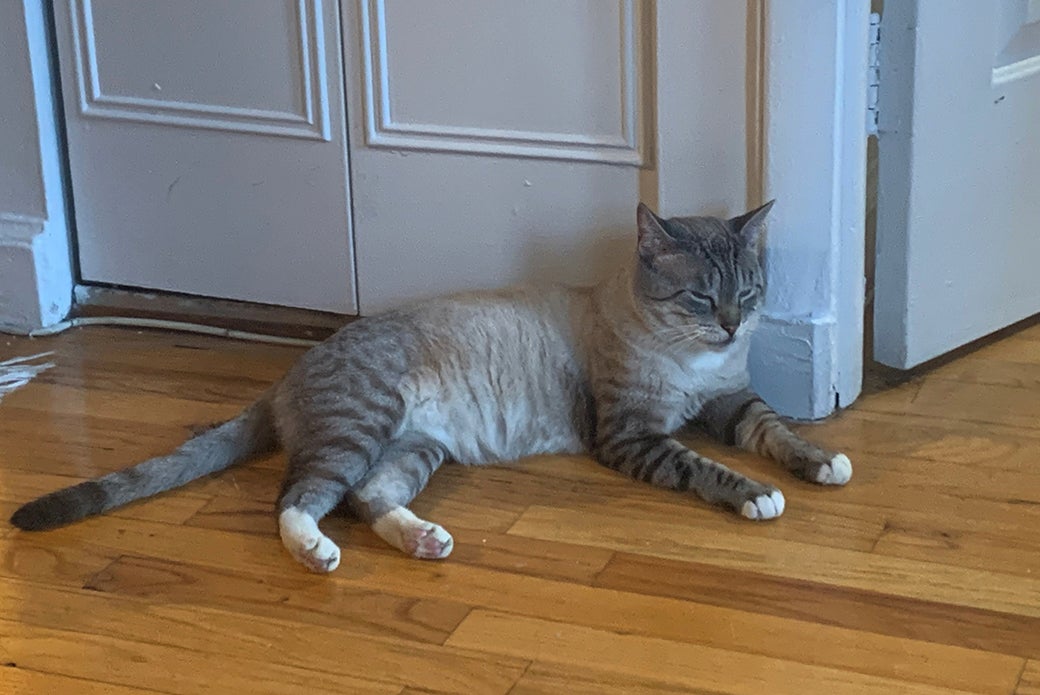
“This direct hand-off is an exciting advancement to our remote adoption system in which adopters pick up newly adopted pets directly from the foster caregiver without having to come to our shelter,” says Ruth Allen, Director of Admissions and Matchmaking. “It minimizes the amount of transport stress the pet would experience coming back to shelter and also reduces shelter’s stress and workload from the foster-to-adopter equation.”
A Safe Pickup
Bahrain was adopted by Amber L. of Manhattan, a city employee who has been working from home since last March.

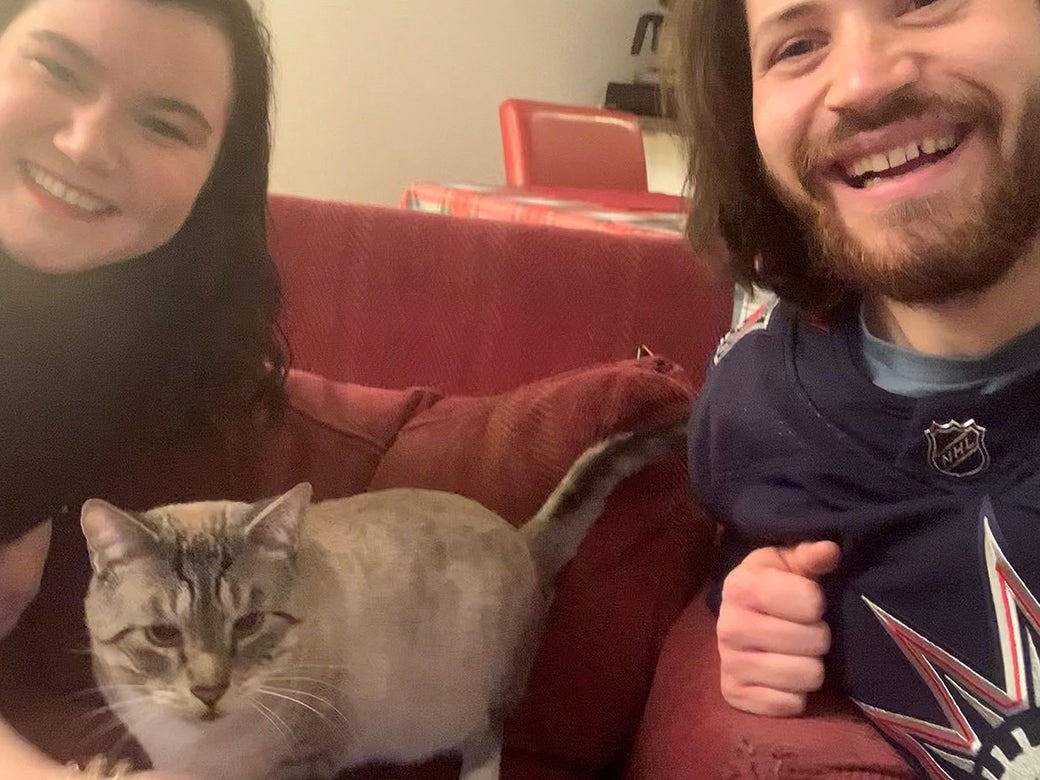
Without having to set foot inside the ASPCA, Amber received her new furry friend directly from his foster caregiver, Jennifer W., who lives just blocks from Amber.
“It was a really easy pick-up,” says Amber, who carried Bahrain several blocks to her apartment and then immediately sent an e-mail to the Adoption Center: “He is home safe with us and already coming out and exploring!”

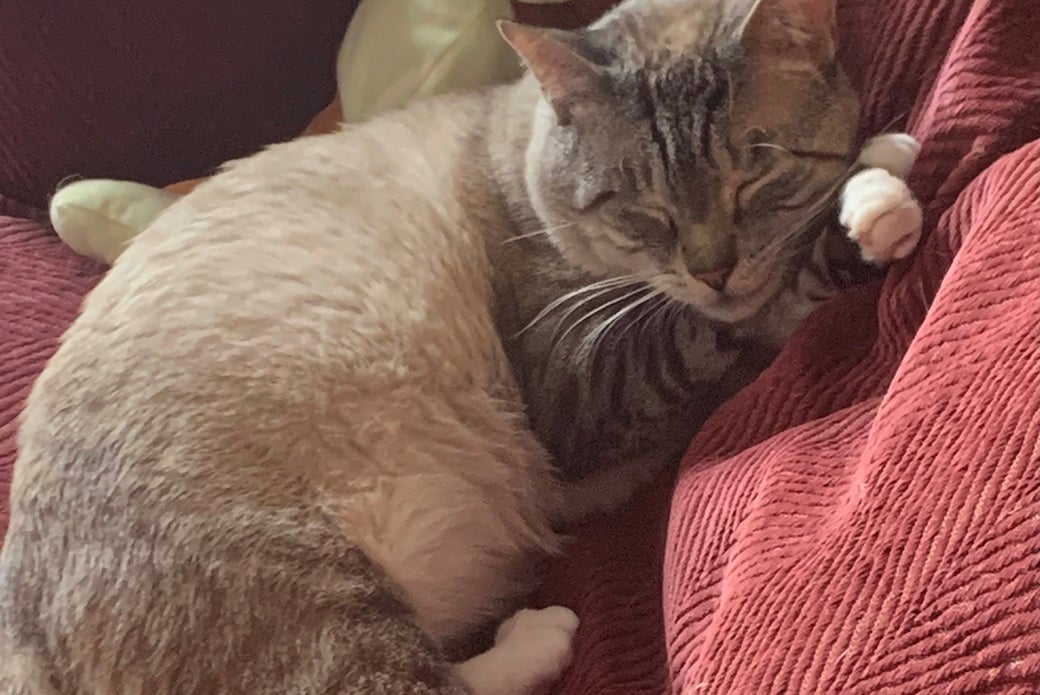
A Sad History
Bahrain was one of 98 cats removed from a Brownsville, Brooklyn apartment on September 10, 2020, by the ASPCA Community Engagement team. The case was referred to the ASPCA by the NYC Emergency Management Department, in collaboration with The New York City Housing Authority and Animal Care Centers (ACC) of NYC. ACC took 43 of the cats and the ASPCA took 55.


“This was a big hoarding case,” says Lisa Kisiel, Manager of Casework, Training and Events for the ASPCA Community Engagement team. “The apartment was in deplorable conditions and lacked food, water, litter boxes and clean resting places for the cats.”
Lisa adds, “It was a huge collaborative effort across the ASPCA among multiple program areas—the Adoption Center, the ASPCA Animal Hospital, the ASPCA Animal Recovery Center (ARC), the Behavior team, Community Engagement, ASPCA Community Medicine, Forensics and Foster teams—all working together to provide these cats with the best possible outcomes.”

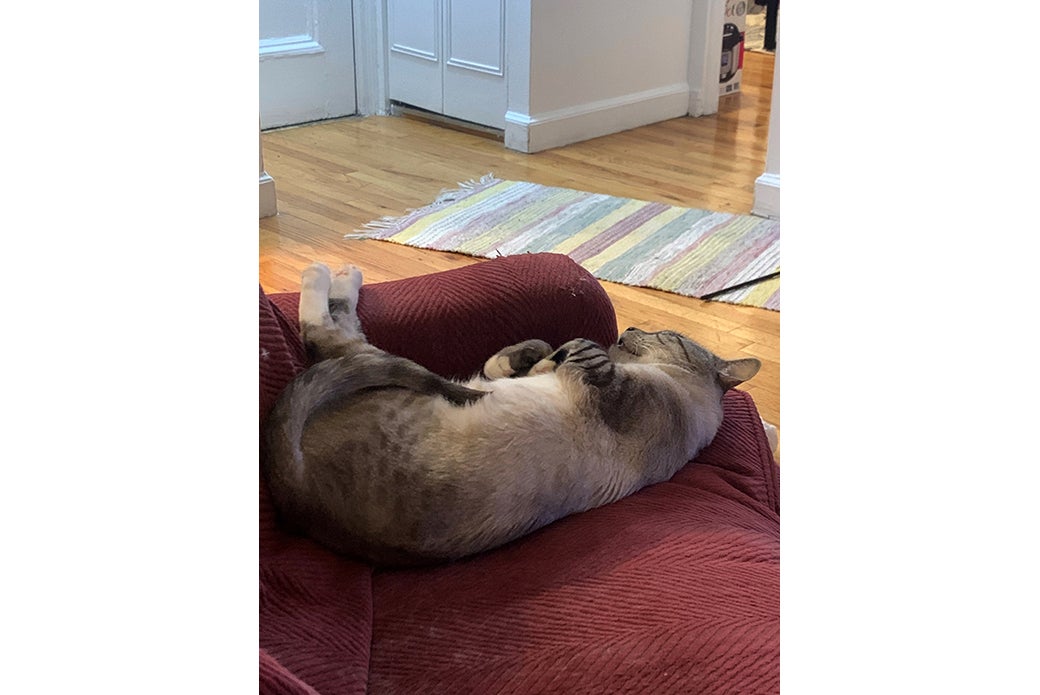
Benefitting from Behavior Intervention
“The vast majority of cats, including Bahrain, needed behavioral intervention,” says Adi Hovav, the Adoption Center’s Manager of Behavior. “One of the most valuable tools for helping these cats get to a place where we could make them available for adoption was foster homes.”
To date, 29 cats from the group have lived in foster homes where they built trusting and comfortable relationships with their caregivers, who received coaching from the Behavior team.

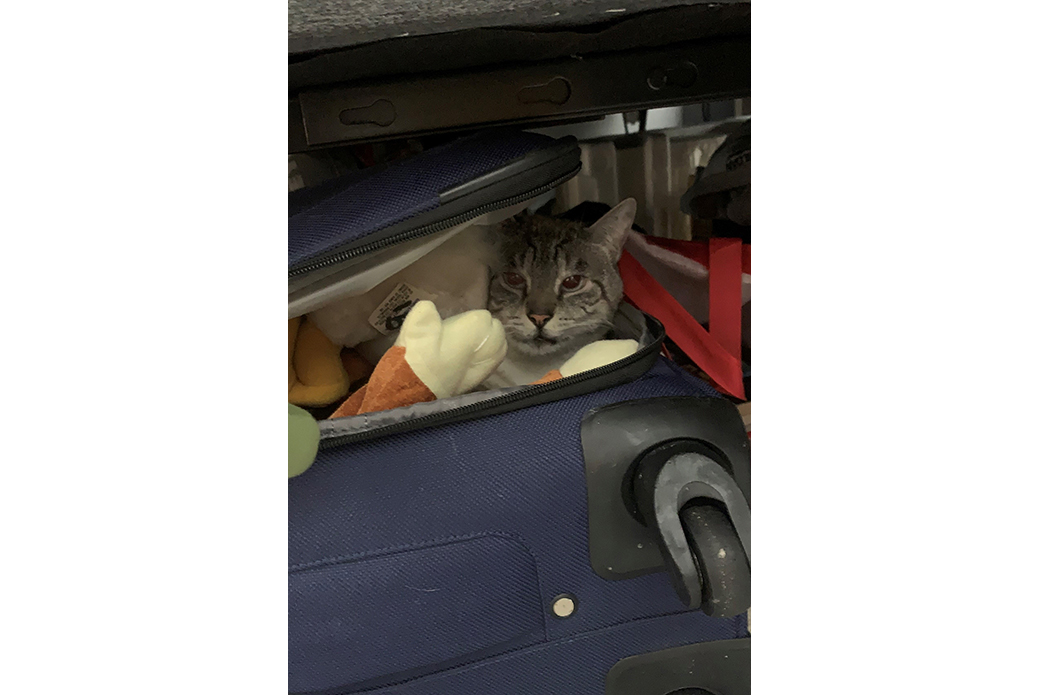
“Jennifer participated in weekly check-ins over Zoom, and we guided her through treatment plans to get Bahrain comfortable with people and being handled,” says Marny Nofi, Senior Manager of Behavioral Sciences. “This intervention sets the cat and foster caregiver up for success. Within three weeks, Bahrain began to love petting.”
“As it turns out, Bahrain was easy,” says Jennifer, who was committed to improving Bahrain’s chances for adoption. “He was food-motivated, playful, curious, smart, social and affectionate, and he got along with our dog and two cats. He was so happy sleeping on our dog’s bed.”
From Foster to Future
Jennifer and her partner, Youjin, introduced Bahrain via Zoom to Amber and her partner, Will, a nurse who grew up with Siamese cats. The couple were charmed by Bahrain’s single tooth and protruding tongue.
“It was a little surreal doing a virtual cat interview,” says Amber. “But it was a fun experience.”
Amber says Bahrain, now known as Theodore—or Teddy—is young at heart despite his years.
“He’s like a young dog at times, chasing his tail and running through the house,” she says. “He may only have just one tooth, but he has loads of energy and personality.”

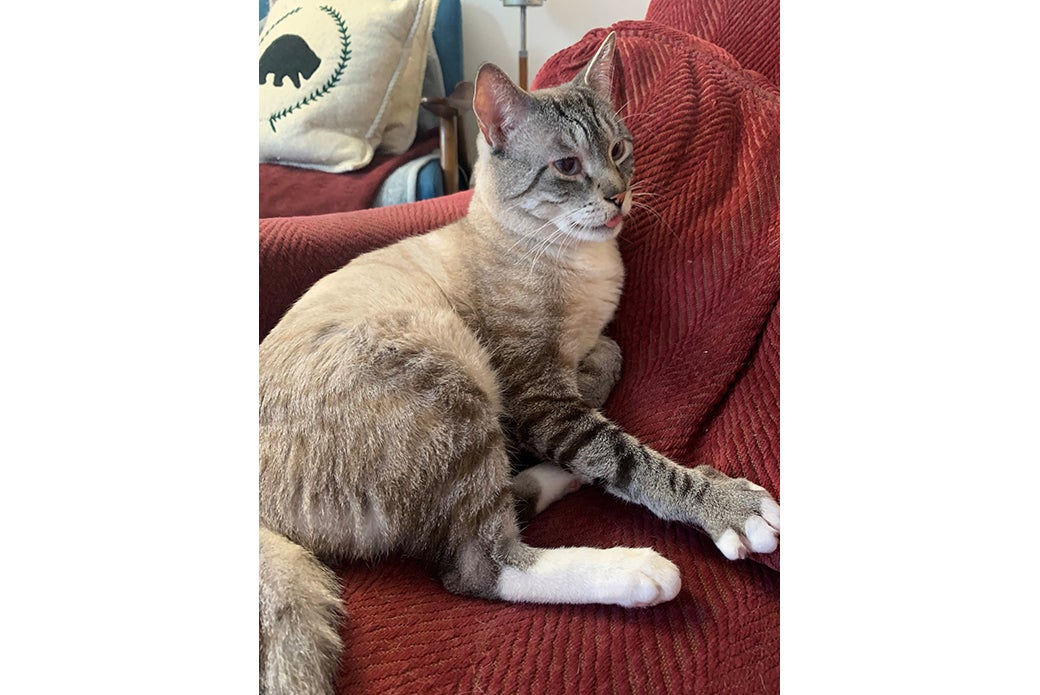
ASPCA staff are thrilled not just that Teddy is thriving in his new home, but that his virtual adoption process was seamless and successful.
“The foster-to-adopter transfer is an example of how the ASPCA remains committed to finding creative ways to make our processes smooth and simple for the animals, adopters and foster caregivers,” says Christa Fagliarone, Administrator in ARC.
“I’m grateful to our Foster and Matchmaking teams for embracing new ways of moving our animals into homes as safely and easily as possible,” adds Delia Kurland, Senior Director of Operations for the Adoption Center and Kitten Nursery. “The innovation never stops!”
June is Adopt a Shelter Cat Month and in honor of our senior kitties like Teddy, the ASPCA is teaming up with Arm & Hammer™ Feline Generous to host a giveaway celebrating senior shelter cats! This month, we want to hear from shelters and cat parents about their “senior tails” and how these older felines have brought them joy! Learn more about the Senior Tails Giveaway and share your senior cat story today!
Source: Read Full Article


